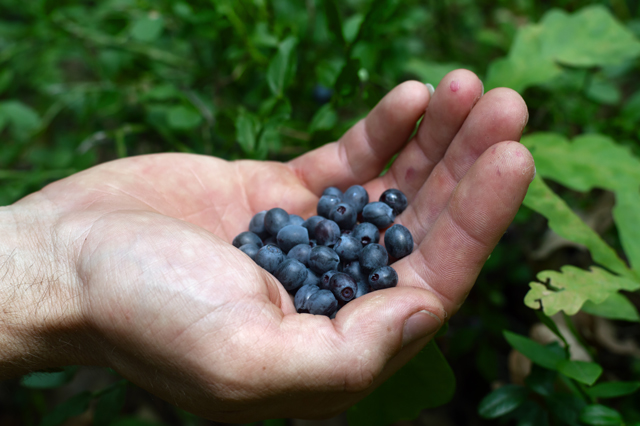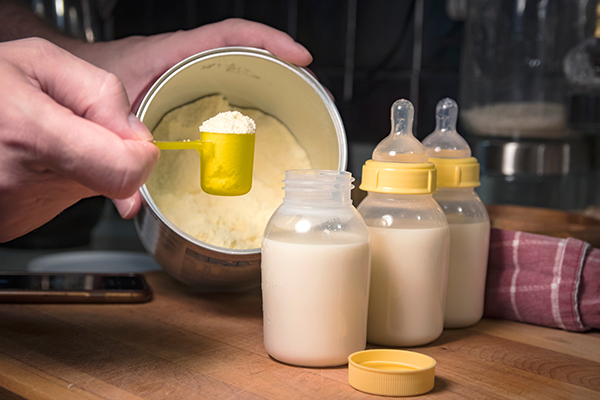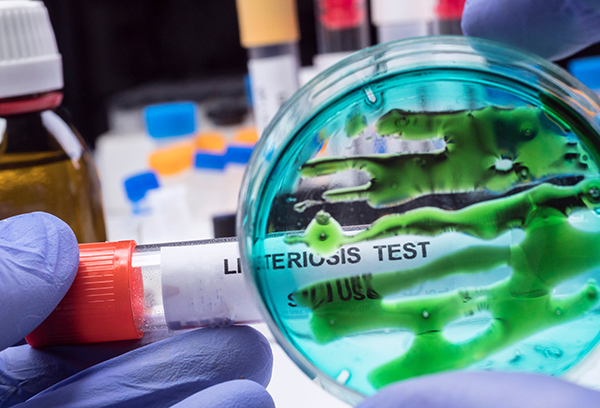
Edible berries
- Blackberries (Rubus)– These small, deep purple berries are some of the most antioxidant-rich fruits around. Blackberries grow wild across the states, and they are best consumed when ripe. Red, unripe blackberries are too sour and bitter to enjoy.
- Rose hips (Rosa) – These oval, reddish-orange berries are the seed pods of roses. It's a good source of vitamin C and has a slightly acidic but sweet taste. Note that both rose hips and rose petals are edible, although you need to watch out for the berries' irritating, hairy covering.
- Wild strawberries (Fragaria vesca) – Also known as woodland strawberries and Alpine strawberries, these fruits are smaller than garden strawberries, but are useful in treating diarrhea. In fact, all parts of the plant is used in herbal medicine. The roots and leaves of wild strawberries contain tannins (argimonin and pedunculagin), vitamin C, proanthocyanins, flavonoids (quercetin and rutin), and phenolic acids (salicylic acid and chlorogenic acid), among others.
Toxic berries
- Holly (Ilex)– The leaves and boughs of holly are great decorations for the holidays, but its berries are mildly toxic to humans and pets; swallowing holly berries can cause vomiting, diarrhea, dehydration, and drowsiness. Ingesting large quantities of holly berries may even kill a small child.
- Moonseed (Menispermum canadense) – Also known as Canadian moonseed, common moonseed, or yellow parilla, this flowering plant could be confused for grapevines, but are known to be unfit for human consumption. Moonseed can cause vomiting, labored breathing, trouble swallowing and may be fatal if large quantities are ingested.
- American pokeweed (Phytolacca decandra) – These berries are some of the most appetizing-looking fruits out in the wild, but be very cautious around them; these berries are fatal to adult humans. To avoid coming across this plant, look out for its characteristic "grape-like clusters of purple-black berries and brightly colored, purplish-pink stalks up to eight feet tall."
While this is not an extensive guide to identifying wild edibles and toxic plants, it can give a general idea of the plants that are commonly regarded as toxic and those that are relatively safe to eat. It is still highly advisable to approach every plant you come across in the wild with utmost caution, as some poisonous plants have striking resemblance to edible ones.
A good part of acquiring foraging skills is to research the plants that grow around your area. Familiarizing yourself with the plants in your area that are safe to eat and those that should be avoided is a good item to tick off your survivalist checklist.
Learn other ways of living off nature's bounty and increase your chances of surviving in the wild by visiting Preparedness.news today.
Sources include:
Herbal-Supplement-Resource.com
Please contact us for more information.























